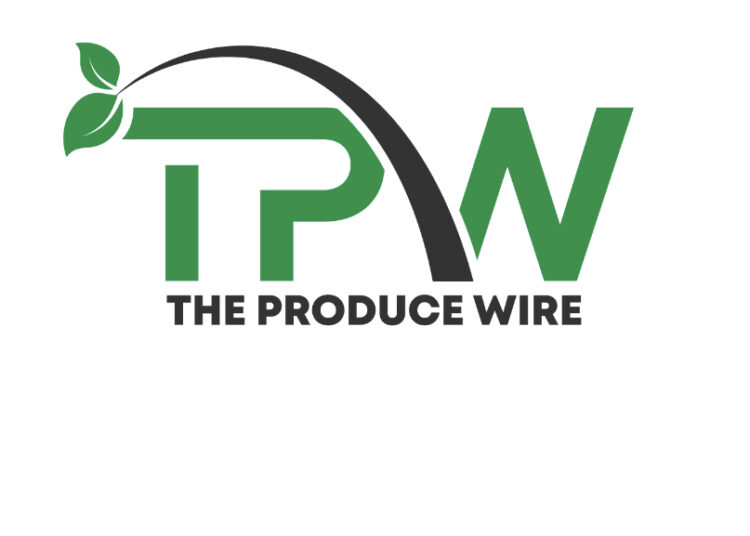On this week’s episode of Taking the Hire Road, Leah Shaver sat down with Mark Colson, president and CEO of the Alabama Trucking Association, to discuss the vital importance of workforce development in trucking, how fleets and the industry at large can cultivate the next generation of professional drivers, how he’s tackling this issue in his state, and how everyone in the industry can show appreciation and love for those behind the wheel safely delivering freight every day.
Attracting quality drivers and technicians to the trucking industry in Alabama has been Colson’s career focus. “I’ll let the economists debate whether we’re 80,000 drivers short or whatever the number may be, but what we can all agree on is that we need high-quality people in high-quality training programs and then high-quality jobs,” he said.
When it comes to solutions in workforce development, Colson says that talking to different industry leaders will yield different answers. “There’s no silver bullet in workforce development,” he said. “There’s a limited number of people out there, and all industries are competing for them. We have to position the trucking industry on a higher plane.”
Across the country, there have been many challenges in recruiting younger generations to freight. The Alabama Trucking Association has focused on outreach and education for graduating high school students across the state of Alabama. “I’ve been asked if I’m trying to make trucking the number one thing students want to do when they graduate, but the reality is, I’d be happy to be in the top 10,” said Colson.
The average age for entry-level drivers in Alabama was 38 when Colson started with the Alabama Trucking Association. “That means those folks were doing something else for 20 years after they graduated high school before they decided to try trucking,” he said.
To make matters worse, there will soon be a demographic downturn due to smaller groups of high school graduates in the coming years. “That demographic cliff is a huge uphill battle,” Colson said.
After talking with industry leaders, Colson and the Alabama Trucking Association determined that one of their key challenges in workforce development would be to change the public image of trucking in Alabama. “Out of that came our campaign ‘Careers in High Gear,’” Colson said.
“We take the real faces of Alabama trucking, individual stories, and share their stories in a unique way to targeted audiences that have a higher propensity of becoming diesel techs and professional drivers based on our research,” he said. “We proved we can attract them with this messaging and drive them to training programs.”
Through the state’s community college system, the Alabama Trucking Association has partnered with 15 CDL training programs and nine diesel technician training programs throughout Alabama.
According to Colson, one of the factors in the difficulty of recruiting in Alabama is the lack of training that the instructors and educators in those programs receive. “They get basically zero professional development support,” he said. “In every other sector of education, from pre-K to career coaching to postgraduate education, there are collectives that support training educators, but even with 130,000 people in this industry in Alabama, we don’t get the support we need,” he said.
The Alabama Trucking Association has made great strides in supporting the industry’s educators the past several years. This year, the organization hosted its second annual professional development conference for all program leaders for driving and technician programs statewide.
“I want to be able to tell the people in our classrooms and in the trucks training these individuals, ‘Thank you, we love you, and we support you,’ and I want to be able to say that we’ve honestly demonstrated that,” Colson said.
Partnerships with each of those individual programs come with different challenges, and different forms of support. “Some of them need to connect with students, while some are full and need more equipment or space. They all need money, and so we work with grant development to get funding for these programs,” Colson said.
“To get the kind of incentives for attracting businesses that other industries get, we have to be seated at the right tables,” he said. “Our legislature and governor have supported a workforce development package that is going to transform the way workforce boards at the state and local levels are set up.”
Alabama produces over 2 million automobiles yearly, and its automotive sector is continuing to grow. “We love when those companies are recruited to Alabama, because trucking moves all their inputs and outputs,” Colson said.
Yet, according to Colson, even though the Alabama Trucking Association isn’t focused on pursuing the kinds of incentives that the state gives to automakers and other industries, it does want a fair and equitable environment. “A lot of that has to do with the tax, regulatory and legal environment surrounding the industry,” he added.
“That’s been our argument here,” Colson said. “Whether it’s a local workforce board or a statewide advisory board, we have to think of trucking as the essential link in the supply chain and not an afterthought.”
Click here to learn more about the Alabama Trucking Association.
Sponsors: The National Transportation Institute, Career Now Brands, Carrier Intelligence, Infinit-I Workforce Solutions, WorkHound, Asurint, Arya By Leoforce, DriverReach, Seiza, Drive My Way, F|Staff, Trucksafe Consulting, Seated Social, Repowr
The post Growing our own – Taking the Hire Road appeared first on FreightWaves.














